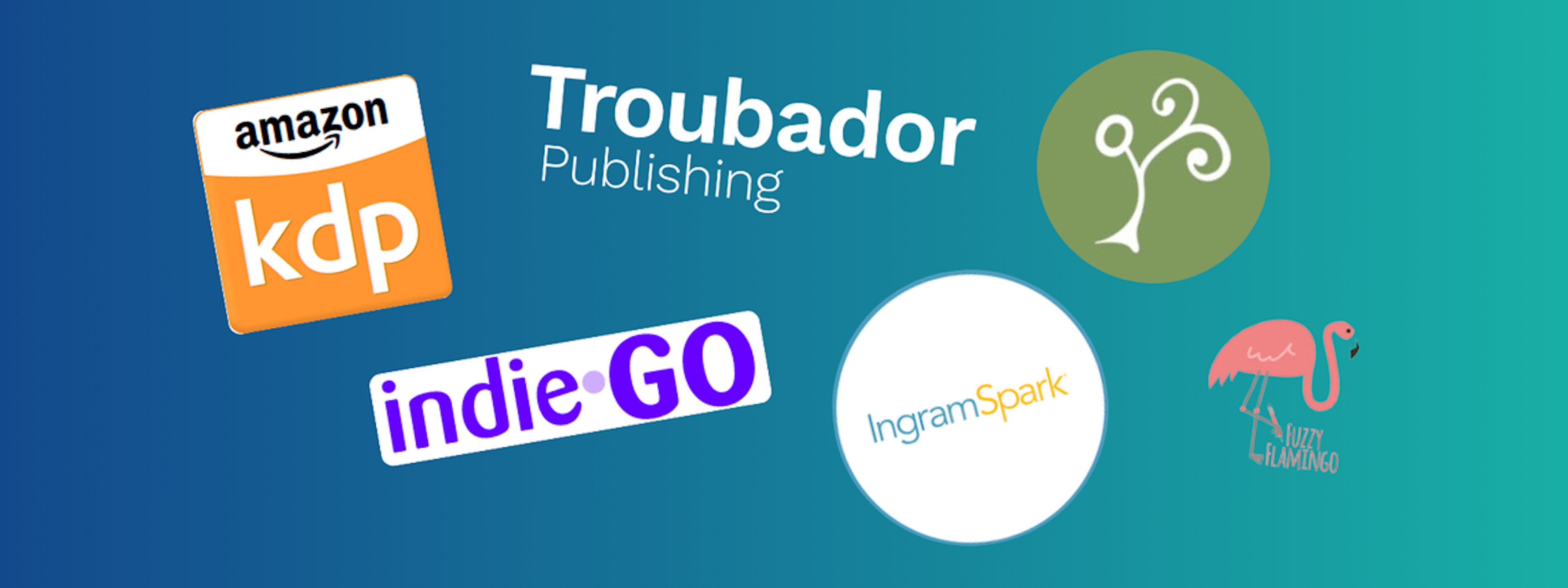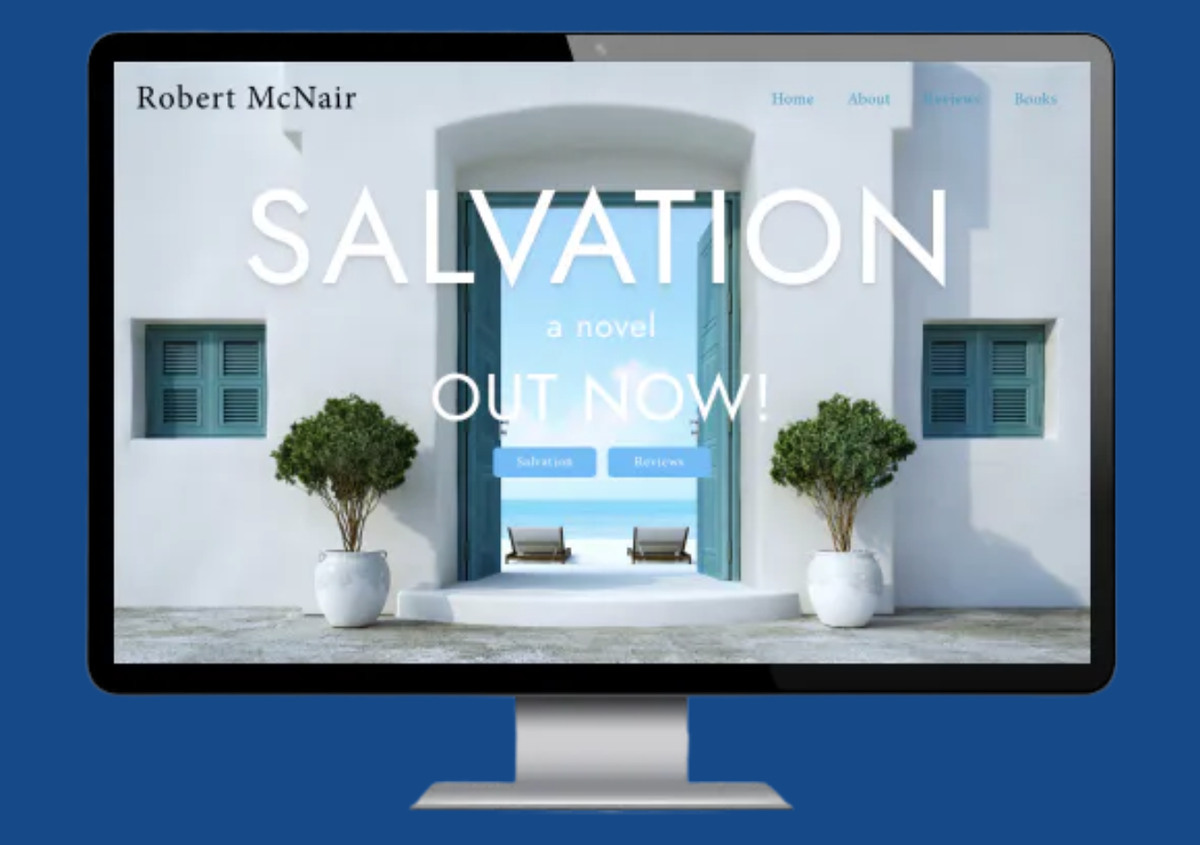
20th December, 2023
7 min read
Thoughtful self-publishing: Why You Should Take Your Time to Publish Your Work
Written by:
Jane Rowland
It might be easier than ever to self-publish in different formats, on different platforms and often at the touch of a few keys on the keyboard, but that is no excuse to rush headlong into self-publishing. For the best outcomes, and a book that meets your goals, pausing to understand some publishing basics is essential. This blog encourages you to stop, look and listen before you rush into print – choose to self-publish thoughtfully instead and leave yourself time to make the right choices and enjoy the journey.
Why The Rush?
Once your book is written, and a decision to publish has been made, it's easy to get excited about seeing your book in print. It's common for authors to skip the final edit, not give the manuscript that final polish and sometimes not research publishing options (and the consequences) fully. Making some key decisions about your book – and the way you want to publish it – at the start can avoid costly mistakes or disappointment later. So here is our checklist for what you need to do to self-publish thoughtfully.
Decide How To Publish
Think about how to publish: Self-publishing? Approaching agents? Going digital-only, Print on Demand? Full service? What’s right for you and your book...?
As you are writing you should be gaining an understanding of your target readership – at every stage think, who will read this book? Where do they find out about books? Once you have an idea of your market, you can use that when considering what kind of book your readers will expect, where they would expect to buy it and how that book will look and feel. It can even dictate the best time to have the book available (Mother’s Day? Summer holiday? Back to school?) so that you can start making a timeline of what you need to complete (and by when) to meet your perfect publishing date.
TIP: If you are serious about trying to get your book into bookshops and reviewed in print media, the time needed to pitch in advancev ofg publication might be more than you expect. Some retailers and media outlets expect to see publication dates up to three months ahead. So factor that into your timeline!
Knowing the market will also help you decide what route to market is best – printed copies, ebook, Print on Demand (POD), or a multi-format approach.
Taken as a whole, all of this should give you some idea of what budget you need to self-publish your way, to have the result that suits you and your readership.
Take Time To Get Publishing Quotes Or Prices
There are many different self-publishing options, from free to full-service offerings. Explore the different choices and work out what is appropriate for your book – and your budget. Take time to get feedback from the companies and services you are considering (Trustpilot is a good starting place). Does the company you've chosen look like it can do all you need? And will you enjoy working with them?
When sourcing quotes from different full-service self-publishing firms, try to get like-for-like quotations, and keep an eye on any less obvious costs. Also, understand exactly what marketing and distribution are included (having some leaflets printed as part of your package is not the same as having a publicity campaign, for example). If you want to sell copies to bookshops, for example, you must invest in marketing and distribution (either doing it yourself or buying in services).
If you are using an online platform and uploading your files, check that the service meets your requirements and that you will get the results you want. Even the free or low-cost services have plus and minus points to understand upfront.
Finish And Polish Your Manuscript
When self-publishing, regardless of whatever company, online platform or format you opt for, make sure you have a final, completed manuscript before you move towards publication.
It is easy to tweak and fiddle ad infinitum. At some point, you have to decide that the book is as good as it can be, and is ready to publish. If you have niggles or doubts, address them before you start the self-publishing process. This is where being thoughtful about publishing comes into its own - you want to have the best book for yourself and your readers. So put time (or budget) into getting the look and feel right – and don't skimp on editing.
If you are going down the full-service route, where a company (such as Troubador) undertakes the text layout and design for you, it’s even more important that you’ve given them a final manuscript. If you rewrite sections, undertake a heavy edit or tweak the book once the book has been typeset, you could find yourself with extra charges for having to re-typeset the book – you also risk adding in other typos, inconsistencies and formatting errors where text has changed after an edit has been completed. By ensuring that you use the final manuscript, all formatting and typesetting work only needs to be done once, the proofing stages are quicker and you won’t have any nasty shocks that the book has increased in page extent beyond what you were expecting. This is not to say that you can’t correct errors at the proofing process – but it should be small amendments and not wholesale rewrites.
If you are using a platform where you are uploading a file to an online system and then printing and selling in that way (IngramSpark or KDP), it is often simple to update and make changes to your manuscript. This can still result in extra charges, however, as some platforms have a file reupload charge. Uploading revised files can also take the book offline for a period while the file updates – something you want to avoid, especially when you are in the throes of marketing your book.
Another mistake we see when authors rush into print is that they have not spent the time getting all elements of the book finished; in particular, sourcing and getting copyright clearance for images and quotes that have been used. Before a book is typeset (designed and laid out on the page), you want all the elements that will make up the book to be finalised, including images, references and quotes.
Marketing Is Not An Afterthought
It’s easy to concentrate so much on writing and publishing that marketing is left until the book has been published, whereas marketing is something that you should be thinking of right from the very beginning.
If you have plans to sell your physical book via bookshops, then the book needs to be published to a timescale that suits the book trade. For example, books for Christmas promotions are selected by retailers at the end of the summer, so deciding to publish your Christmas book in late November not only means you’ve missed lots of selling opportunities, but you’ve also not left yourself enough time to do a good job.
Importantly, there is no point in marketing your book if readers have no way to buy it – so check that as well as producing a book, you can also distribute it. Does your chosen self-publishing service have distribution options? Have you signed up for them? If not, how do you access them? Or do you need to open your wholesaler trade accounts and be your distributor? This can all take a lot of time to action. Troubador offers full-service self-publishing, marketing and distribution options, but all self-publishing companies are different, so understand what you are getting.
To market your book effectively, we suggest creating a marketing plan – this will give you some structure and you can work through tasks efficiently, rather than leaving yourself with it all done once the book is published.
Rushing into publication can also mean your book is not available when you need it to be – as the distribution set-up and availability of the book (especially when relying on bookshops and online retailers updating their systems when back-end data tells them a publication date has been reached) might not align with your rush to publish. Thoughtfully planning your publication can avoid this, giving distribution channels and retailers time to get the book moved through their systems and easily orderable before launch.
Don’t Rush Into Print
Never rush the decision to self-publish; spend time on your manuscript and finish it before you sign up with any self-publishing service or platform. Enjoy the concept of thoughtful self-publishing, where you embrace publication and marketing as part of the creation of the project.
Once the book is finished, give yourself a break from the manuscript, then review it again to make sure it is really THE END. Have you got all the illustrations and pictures you need to use in the book? Have you got all your copyright clearances in place? If not, do this now. Do you need a proofread or copy edit before the book can be published? Timescales will depend on how busy an editor is, so factor that in. The physical printing of a book can take 2-4 weeks (again, depending on the book and printer), so have you added that to your time scale?
There is no need to publish at breakneck speed - and it is not the best approach to self-publishing when your book is competing with so many others that you need it to be as close to perfect as possible.
Rushed projects can go wrong and be far more stressful than carefully planned ones. By rushing you run the risk of missing opportunities to sell and market your book when a longer lead-in time might give you more opportunities. Mainstream publishing works 6-9 months ahead of actual publication dates to get blogger and media coverage, and while as an indie author, you can be much more flexible, you don’t want to rush your book out at the expense of sales or discoverability or, dare I say it, quality.
The best self-publishing is undertaken by authors who have taken the time to check, to research and to do it properly. Writing a book often takes years; the process of publishing it properly can take longer than you might think – so think ahead, plan ahead and enjoy publishing thoughtfully.
Most popular articles

Alex Thompson
The 6 Best Self-Publishing Companies in the UK 2024

Stephanie Carr
Unlocking the Power of Personal Branding: Why Author Websites Are Essential for Every Writer

Alex Thompson
What is Full-Service Self-Publishing & Why Should an Author Consider It?

Andrea Johnson
Kindle Direct Publishing (KDP) versus Troubador: What should an author know?

Jane Rowland

